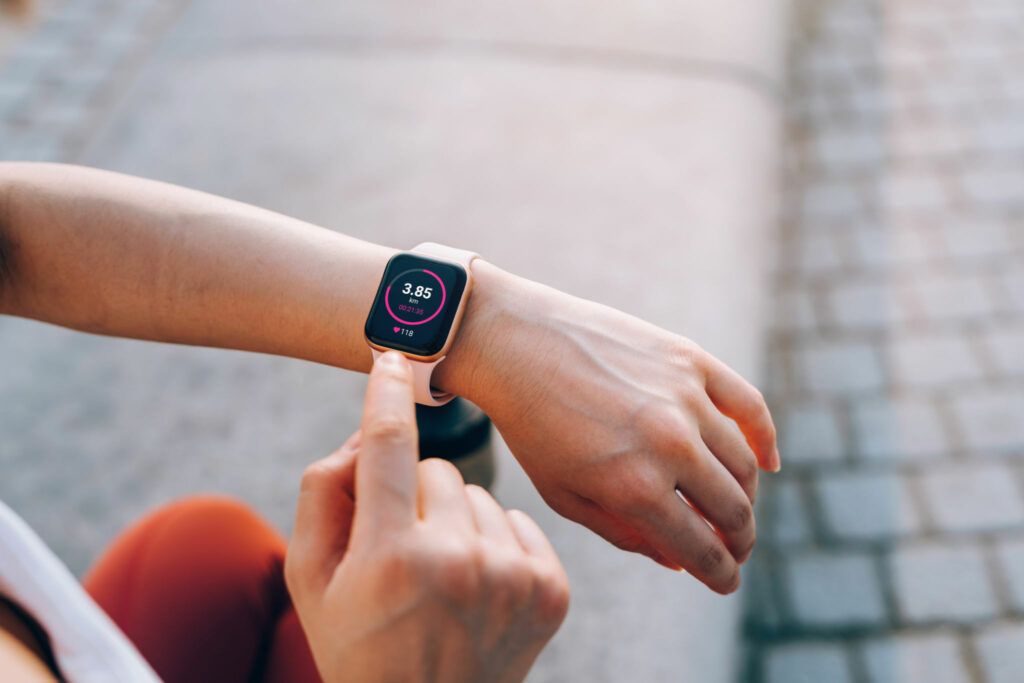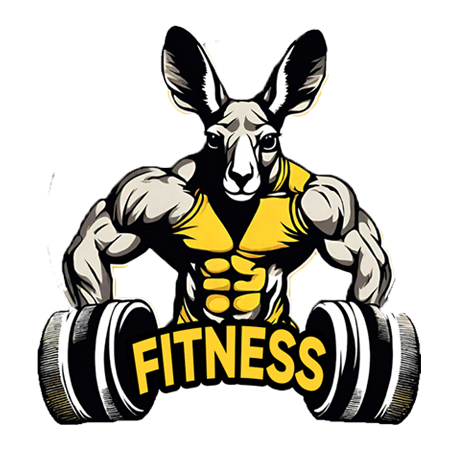
Table of Contents
ToggleIntroduction
Biofeedback is a technique that involves using electronic monitoring to obtain information about physiological functions and, through this real-time data, gaining voluntary control over these functions. In the realm of fitness, biofeedback has emerged as a powerful tool, allowing individuals to optimize their performance and achieve their health and wellness goals.
The integration of biofeedback in fitness signifies a paradigm shift in how individuals approach their workouts. Moving beyond traditional exercise routines, biofeedback empowers users with valuable insights into their body’s responses, enabling a more personalized and effective fitness experience.
The Science Behind Biofeedback
How Biofeedback Works
At its core, biofeedback operates on the principle of self-regulation. By providing real-time information about physiological processes like heart rate, muscle activity, and brainwaves, individuals can consciously adjust their actions to achieve specific health and performance objectives.
Monitoring Physiological Parameters
Biofeedback devices are designed to monitor various physiological parameters. Heart rate monitors track cardiovascular activity, electromyography (EMG) devices measure muscle activity, and electroencephalogram (EEG) headsets analyze brainwave patterns. This wealth of data offers a comprehensive view of how the body responds during physical activity.
Applications In Fitness Performance
Optimizing Workouts With Real-Time Data
One of the key applications of biofeedback in fitness is the ability to optimize workouts in real time. For instance, heart rate monitors provide immediate feedback on exercise intensity, allowing users to adjust their effort to stay within target zones for cardiovascular benefits or fat burning.
Tailoring Training Programs For Individual Needs
Biofeedback facilitates the creation of highly individualized training programs. By analyzing data trends over time, fitness enthusiasts and professionals can tailor routines to address specific strengths, weaknesses, and goals, ensuring a more efficient and targeted approach to fitness.
Popular Biofeedback Devices
Heart Rate Monitors

Heart rate monitors are among the most widely used biofeedback devices in fitness. These devices, often worn as chest straps or wristwatches, provide real-time heart rate data, offering insights into cardiovascular efficiency and helping users maintain optimal workout intensities.
EEG Headsets
EEG headsets take biofeedback to the next level by measuring brainwave activity. In the fitness context, these devices can provide data on focus, mental fatigue, and cognitive performance during exercises, offering a holistic approach to mind-body integration.
Wearable Fitness Trackers
Wearable fitness trackers have gained popularity for their versatility. These devices incorporate various sensors to monitor metrics like steps taken, distance traveled, and sleep patterns. Their user-friendly interfaces make them accessible tools for those seeking actionable insights into their daily activities.
Benefits Of Incorporating Biofeedback
Enhanced Performance
Biofeedback empowers individuals to push the boundaries of their physical capabilities. Armed with real-time data, users can make informed decisions to optimize their performance, leading to more effective and goal-oriented workouts.
Injury Prevention And Recovery
Understanding how the body responds to exercise is instrumental in preventing injuries and supporting recovery. It allows users to identify patterns that might indicate overexertion or muscle imbalances, aiding in injury prevention and rehabilitation.
Personalized Fitness Plans
Perhaps the most significant benefit is its role in personalization. Fitness plans tailored to an individual’s physiological responses are more likely to yield sustainable results, fostering a sense of accomplishment and motivation.
Challenges And Considerations In Biofeedback Integration
Data Interpretation And User Education
While providing valuable data, its effective integration requires users to understand and interpret the information. A challenge lies in educating individuals on how to use it to their advantage, ensuring that the data translates into actionable insights.
Device Accuracy And Reliability
The accuracy and reliability of biofeedback devices are critical factors influencing their effectiveness. Users must select devices known for precision and consistency to trust the data they receive, avoiding potential misinformation that could impact their fitness decisions.
Future Trends In Biofeedback And Fitness
Advancements In Sensor Technology
As technology continues to advance, the fitness industry can expect more sophisticated devices. Improved sensor technologies will likely enhance the accuracy and range of data collected, providing users with an even more detailed understanding of their physiological responses.
Integration With Virtual And Augmented Reality
The integration of virtual and augmented reality is an exciting frontier. Imagine a workout experience where your body’s responses influence a virtual environment, creating a dynamic and immersive fitness journey.
Ethical Considerations In Biofeedback Use
Privacy Concerns And Data Security
With the increasing reliance on technology, concerns about privacy and data security come to the forefront. Fitness enthusiasts and professionals must consider the ethical implications of collecting and storing sensitive physiological data, emphasizing the need for robust privacy measures.
Ensuring Informed Consent
Using biofeedback in fitness settings necessitates informed consent. Individuals should have a clear understanding of how their data will be used, ensuring transparency in the process and promoting a sense of trust between users and fitness professionals.
Real-Life Success Stories With Biofeedback
Athletes And Peak Performance
Numerous athletes attribute their peak performances to the integration of biofeedback into their training regimens. By fine-tuning their workouts based on real-time data, athletes can maximize their training efficiency, leading to podium-worthy results.
Personal Fitness Journeys
Beyond elite athletes, everyday individuals have experienced transformative fitness journeys. These success stories underscore the potential of making fitness more accessible, engaging, and tailored to individual needs.
Conclusion
In conclusion, the integration of biofeedback in fitness represents a paradigm shift toward personalized and data-driven approaches to health and wellness. By harnessing the power of real-time physiological data, individuals can unlock new levels of performance, prevent injuries, and embark on fitness journeys tailored to their unique needs.
As technology evolves, the exploration of biofeedback’s potential in fitness is an ongoing journey. Fitness enthusiasts, professionals, and researchers must approach this realm with a commitment to responsible use, ensuring that the benefits of biofeedback contribute positively to the well-being of individuals and the fitness community.
FAQs
Q1: What is biofeedback in fitness?
A: Biofeedback in fitness involves using technology to track and measure physiological responses, enhancing workout effectiveness.
Q2: How does biofeedback work?
A: Sensors monitor body signals like heart rate and provide real-time data, helping individuals adjust their workouts for optimal results.
Q3: Can anyone use biofeedback in fitness?
A: Yes, it is suitable for various fitness levels, offering personalized insights for both beginners and advanced athletes.
Q4: What benefits does biofeedback provide?
A: It aids in performance optimization, injury prevention, and personalized fitness planning based on individual physiological responses.
Q5: Is biofeedback safe for fitness use?
A: Yes, when used appropriately, biofeedback is safe. It enhances fitness experiences without posing significant risks to users.

1 Comment
Your comment is awaiting moderation.
This was both informative and hilarious! For further reading, check out: LEARN MORE. Any thoughts?
Your comment is awaiting moderation.
Si vous vous demandez comment savoir si votre mari vous trompe sur WhatsApp, je pourrais peut – Être vous aider. Lorsque vous demandez à votre partenaire s’il peut vérifier son téléphone, la réponse habituelle est non.
Your comment is awaiting moderation.
Beatus ille, qui procul negotiis — Блажен тот, кто вдали от дел.
Your comment is awaiting moderation.
Вильгельм Райх (1897–1957) – австрийский психоаналитик.
В своем учении первоначально
отталкивался от концепций Фрейда, критически переосмыслив его идеи о сексуальности и
выдвинув новые представления об оргастической импотенции, роли оргазма в жизнедеятельности человека,
оргонной энергии, веготерапии.
Райх встретился с Фрейдом в 1919 году, а
год спустя стал членом Венского психоаналитического общества.
В 1922 году защитил в Венском университете диссертацию на соискание степени доктора медицины; с 1924-го
по 1930 год руководил в Вене техническим семинаром по психоаналитической терапии.
Судьба Райха была сложной и драматичной.
Он предпринял смелую попытку, связанную с пониманием природы оргазма, структуры характера человека и
одновременное вторжением в сферу
политики, идеологии, что вызвало неприятие
со стороны психоаналитиков и политиков.
В 1929 году он был исключен из рядов социал-демократической партии,
в 1934 году– коммунистической партии и Венского психоаналитического общества.
В 1939 году Райх был изгнан из Норвегии.
куда переехал после прихода к власти фашизма в Германии.
Эмигрировав в США, он развил бурную деятельность по изучению оргонной
энергии, раковой биопатии, создал
институт и журнал, ориентированные на исследование сексуальной экономики и оргона.
В середине 50-х годов был обвинен в шарлатанстве и заключен под стражу.
Умер в федеральной тюрьме штата Пенсильвания.
что такое психоаналитик
It was great seeing how much work you put into it. Even though the design is nice and the writing is stylish, you seem to be having trouble with it. I think you should really try sending the next article. I’ll definitely be back for more of the same if you protect this hike.